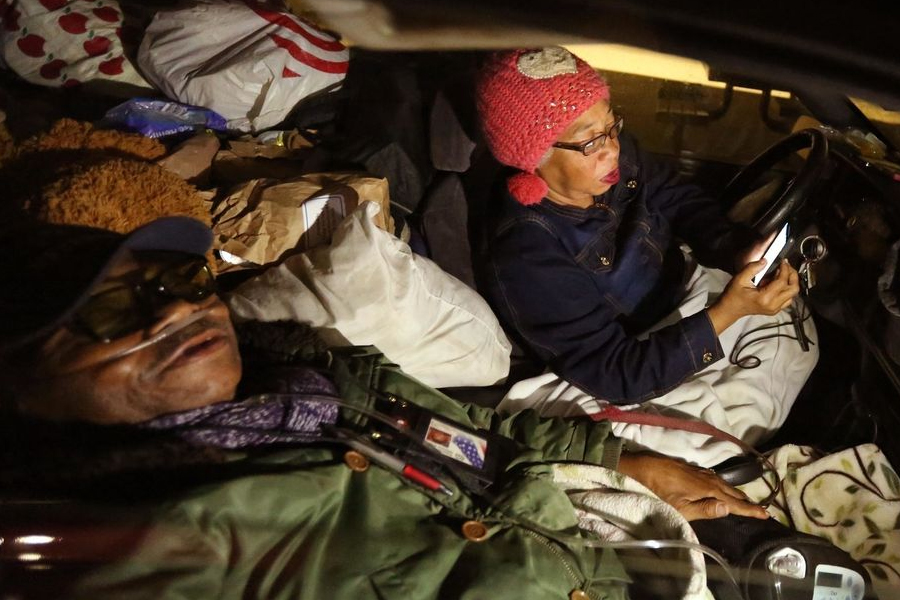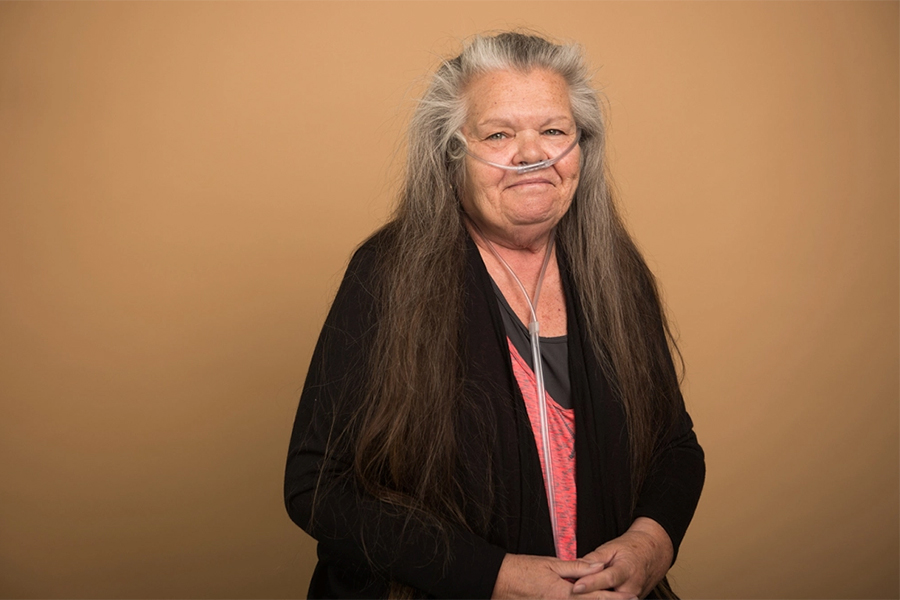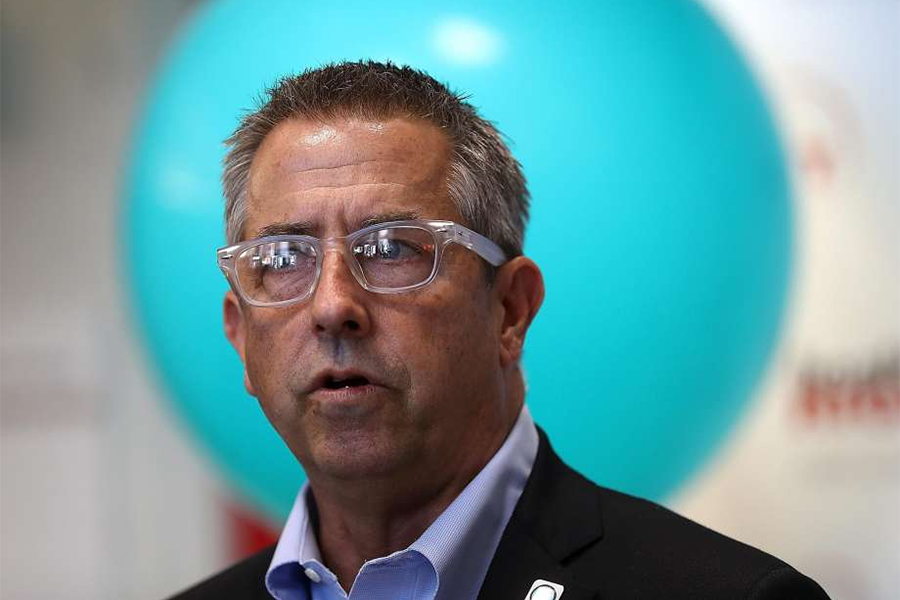San Bernardino’s bankruptcy plan would pay almost all money owed to CalPERS, but only a fraction to other cred
San Bernardino’s plan to exit bankruptcy has at least one winner, plenty of losers and could have repercussions for other California cities.
The city will pay every penny of the almost $50 million it owes to the California Public Employee Retirement System, known as CalPERS, if a federal judge approves the plan.
But it will only pay one penny for every dollar it owes to some bondholders who helped the city pay its CalPERS bill over the years.
Retirees will lose healthcare benefits that they were promised.
Firefighters, trash collectors and workers who repair the city’s soccer fields are among those who will be out of jobs if the plan goes through and the city hires outside agencies for that work.
And residents of San Bernardino, the poorest city of its size in the state, will pay more for utilities and other fees, even as roads continue to deteriorate and a shrinking police force takes longer to arrive.
These are harsh blows for a city with the lowest median income in California and a violent crime rate nearly three times the state average.
The 77-page bankruptcy plan, released last week and approved on a 6-1 vote Monday by the City Council, said it will be an ongoing challenge for San Bernardino to fund CalPERS retirements, citing actuaries’ projections that rates will go up 24.2% in 2015-16 and to 32% in 2020-21 for non-safety employees and to 38.8% and 49.3% for fire and police.
City officials said they decided to pay the retirement system in full because they needed to maintain the city’s relationship with the state agency to lure future employees — and because they expected CalPERS to litigate relentlessly if they didn’t pay.
“They would take it all the way to the Supreme Court if they had to,” City Manager Allen Parker said.
Some bankruptcy experts questioned whether it was equitable for a city to pay pension costs in full while paying only 1% to other creditors. Stockton, which exited bankruptcy in February, also agreed to pay CalPERS in full, but came to agreements with most other creditors to pay substantially more than San Bernardino will pay if the plan is approved.
“The most stark treatment of pension versus bondholders is what we’re seeing in San Bernardino,” said Karol K. Denniston, a public finance attorney involved in the Stockton case. “It’s like [giving] a bad tip. It would almost be better to say, ‘You don’t get anything at all because we’re broke.’ ”
She added that the city effectively stiffing the pension bond holders — including the Luxembourg-based bank EEPK, which sued the city to collect $50 million during bankruptcy proceedings — could send a bad signal to lenders: “This is going to be a problem for capital markets.”
The City Council listened to public comments on the plan Monday.
“The residents of San Bernardino want a safer community,” said Alicia Lopez, a lifelong resident. “Outsourcing … will make San Bernardino less safe. Heck we’re already experiencing less services and longer response times.”
Councilman James Mulvihill said in an interview that he thought the pain was spread evenly. “Our retirees are going to be losing about $40 [million] or $50 million. They were promised free healthcare for life and we simply can’t do that. Our retirees are essentially going to be losing as much as the bond holders.”
He said the city needed to keep its contract with CalPERS to attract qualified employees to the city.
Councilman Henry Nickel questioned that assumption. “A major component of the plan includes contracting out. If we contract out our services, that sort of negates the point of keeping CALPERS whole in order to attract good employees.”
All in all, though, he said he liked the plan.
John Jackson, a 29-year employee of the city’s trash department, said he attended the meeting to “find out our fate.”
Jackson, 53, is two years from the retirement age that the city negotiated in 2007-08 with non-safety employees — safety workers’ unions got them a minimum retirement age of 50. Jackson fears that if the bankruptcy plan is approved, he will be out of a job. In retirement, Jackson would also lose health benefits under the proposed plan.
The job, he said, “has taken care of my family. My kids are all grown. The last one’s in college.”
Deanna Adams, a local business owner, said residents and city workers are paying for problems created by city officials.
“The problem with this city is the top. It’s not the middle and it’s not the bottom,” she said. “We have a lot of potholes. We have very poor street lighting. We don’t have enough public safety.”
Since 2008, the city has cut hundreds of positions and deferred $200 million in essential capital maintenance. Police response time to priority calls has gone up 78%, according to officials.
Many residents in San Bernardino blame the city’s staggering economic woes on years of mismanagement. City leaders say that the very structure of the government makes it difficult to manage. With an elected council, elected mayor and elected city attorney, it’s been difficult to know who runs the city, according to the plan’s authors, which included officials and outside consultants.
James Penman, the city attorney for 26 years, wielded outsized influence and clashed with the mayor and critics on the council until he was recalled in 2013.
The bankruptcy plan calls for a new Charter, saying the current one neutralizes executive authority, and that the roles of the council, manager, attorney and mayor “are unclear and at times, contradict each other.”
The new Charter would also probably remove a controversial provision, added in 1955, that calls for the salaries of police and firefighters to be set at the average of those in 10 similar-sized cities — some of them much wealthier — instead of through collective bargaining. It is the only city in the state to set public safety wages this way. Voters rejected a measure to remove the provision in November.
Former Mayor Patrick Morris, 77, a longtime judge, says that the bankruptcy has forced the city to deal with problems that were ignored for years.
“The future is not as bleak as some would say,” he said. “The only way is up.”
Original article authored by Paloma Esquivel and Joe Mozingo of the Los Angeles Times on May 18, 2015.






















